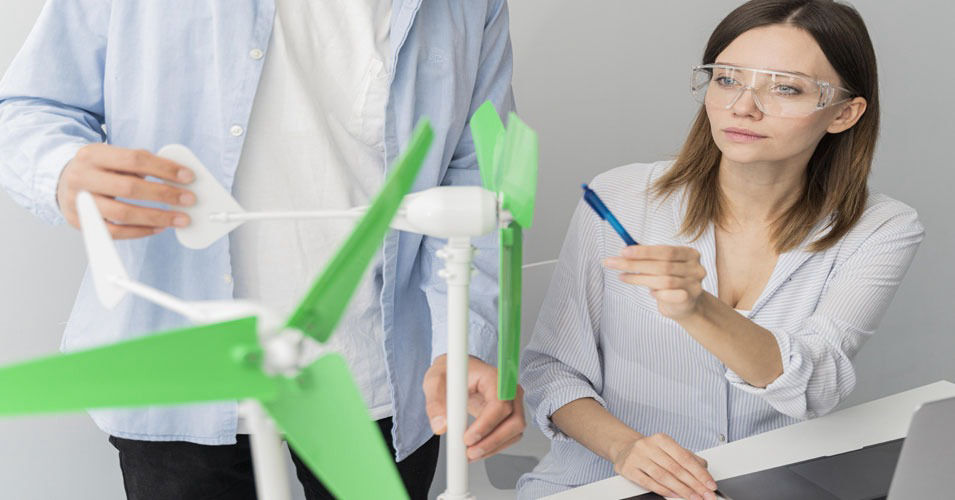GK Questions on Invention for Competitive Exam

The postal meter was invented by
(A) Fyodor Pirotsky
(B) Arthur Pitney
(C) Fritz Pflumer
(D) Stephen Perry
Correct Answer : B
Explanation :
The world's first commercial postage meter--the Model M--was designed and developed in Stamford between 1901 and 1920 by inventor Arthur Pitney and entrepreneur Walter H. Bowes, with the assistance of Walter H. Wheeler, Jr.
Who invented optical fiber?
(A) Samuel Cohen
(B) Narinder Kapani
(C) P. L. Spencer
(D) T. H. Maimah
Correct Answer : B
Explanation :
Dr. Narinder Singh Kapany is often credited with the invention of optical fiber. In the early 1950s, Kapany conducted pioneering research in the field of fiber optics, leading to the development of the first practical optical fibers. Optical fibers are thin strands of glass or other transparent materials that can transmit light signals over long distances with minimal loss of signal quality.
Narinder Kapany's work laid the foundation for the use of optical fibers in telecommunications, enabling the high-speed transmission of information through the transmission of light signals. His contributions to the field of fiber optics have had a profound impact on modern communication systems, including the development of fiber-optic communication networks.
The instrument for measuring the hardness of substances is called
(A) Lucimeter
(B) Seronograph
(C) Durometer
(D) Hygrometer
Correct Answer : C
Explanation :
Durometer. Notes: A durometer is an instrument for testing the hardness of various substances. The term is often used to refer to the measurement as well as the instrument itself. Higher numbers indicate harder materials; lower numbers indicate softer materials.
The first thermionic valve was invented by
(A) Thomas Edison
(B) Richardson
(C) J. A. Fleming
(D) Lead Forest
Correct Answer : C
Explanation :
The first thermionic valve, also known as a vacuum tube, was invented by John Ambrose Fleming. Fleming, a British electrical engineer, developed the vacuum tube in 1904. The device, called the Fleming valve or vacuum diode, was a crucial component in early electronics and telecommunications. It played a significant role in the development of radio technology, serving as a rectifier and amplifier. The vacuum tube was an essential invention that paved the way for the advancement of electronic systems and was widely used until the development of semiconductor technology.
For which invention is Otto Hahn famous?
(A) atom bomb
(B) Television
(C) X-rays
(D) Safety lamp of the collier
Correct Answer : A
Which Indian scientist has the honor of receiving not only the Nobel Prize but also the Bharat Ratna?
(A) Dr. Vikram Sarabhai
(B) Dr.J.C.Bose
(C) Dr.CV Raman
(D) Dr. Homi Jahangir Bhabha
Correct Answer : C
Explanation :
The Indian scientist who has the honor of receiving both the Nobel Prize and the Bharat Ratna is Dr. C. V. Raman. The correct answer is (C) Dr. C. V. Raman. Dr. Raman was awarded the Nobel Prize in Physics in 1930 for his work on the scattering of light, and he was later conferred with the Bharat Ratna, India's highest civilian award, in 1954.
Who made the first automatic vehicle (automobile)?
(A) Gottlieb Daimler
(B) Henry Ford
(C) Rudolf Diesel
(D) Carl Baez
Correct Answer : D
'Video tape' was invented by
(A) Richard James
(B) Charles Ginsberg
(C) P.T. Fanswarth has
(D) Georges de Mestral
Correct Answer : B
Explanation :
Charles Ginsberg was an American engineer who played a key role in the development of video recording technology. He is known for inventing the first practical videotape recorder, which he called the "Quadraplex" videotape recorder. Ginsberg's invention revolutionized the television industry by allowing the recording and playback of television programs. The Quadraplex system used 2-inch-wide magnetic tape and was first demonstrated in 1956. This innovation marked a significant milestone in the history of television and broadcasting, enabling the recording and later broadcast of content, contributing to the evolution of media and entertainment technologies.
Who invented the polio vaccine (oral)?
(A) Jonas Salk
(B) Albert Sabrin
(C) Burkholder
(D) Robert Koch
Correct Answer : B
Explanation :
Who is called the father of the cellular phone?
(A) Linus Toldi
(B) Percy LeBaran Spencer
(C) Fred Morrison
(D) Martin Cooper
Correct Answer : D
Explanation :
Martin Cooper, an American engineer and executive, is often regarded as the "Father of the Cellular Phone." He led the team at Motorola that developed the first handheld mobile phone. In 1973, Martin Cooper made the first-ever public call on a handheld mobile phone, known as the Motorola DynaTAC, in New York City. This event marked a significant milestone in the history of telecommunications, as it demonstrated the feasibility of mobile communication beyond traditional landline systems. Martin Cooper's pioneering work laid the foundation for the development and widespread use of mobile phones in the subsequent decades.



